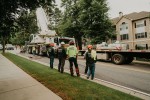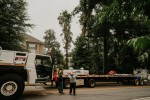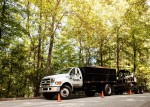Brood X Cicadas and Your Trees and Shrubs
Once every seventeen years, the Brood X cicada emerge from their slumber and wreak havoc on trees and shrubs only to disappear several weeks later. The last time these noisy insects returned to the surface was back in 2004. If you were in the eastern United States around that time, then you probably remember the critters taking over the skies and trees. Seventeen years later, they are expected to make their appearance again. We hope that this time, with the help of this article, you will be better prepared. This article brought to you by Sesmas Tree Service is a quick description of the Brood X cicadas, their affect on trees and shrubs, and what you can do. If you would like to hire an ISA-certified arborist, then feel free to call Sesmas Tree Service and get in touch with a friendly representative.
About the Critters
Groups of cicadas that share the same emergence years are known as broods. The Brood X cicada is a group of cicadas that emerge from their underground burrows once every 17 years. The Brood X cicadas can be identified by their orange wings, red eyes, and a familiarly inharmonious shrill. In fact, that jarring noise is the sound of males making their attempt to attract a mate. They continue to sing their tune until a female signals her satisfaction by silently clicking her wings.
The female cicada lays about 600 eggs on the underside of young tree branches. In only a matter of a few weeks, these newly laid eggs will hatch and the resulting nymphs will fall to the ground, dig down, and rest for the next 17 years. The nymphs will feed on the xylem, or sap, of tree roots until they mature and make their way to the surface like their predecessors.
The Brood X cicadas are expected to emerge when the soil temperatures reach around 64 degrees Fahrenheit sometime between April and May.
The Threat They Pose
The good news is that Brood X cicadas do not pose a serious threat to humans. They can harm trees and shrubs, though. As we noted earlier, the Brood X cicada feeds on the nutrients of the tree and its roots, but this activity rarely results in major damage. It is actually the egg-laying activity that is more of a threat. The female cicadas use a saw-like appendage to cut slits in twigs and branches of trees and shrubs where they lay their eggs. A single female can produce as many as forty of these punctures. Fortunately, this damage is mostly aesthetic. Still, it can cause harm in rare cases.
What to Do
If you have vulnerable or high-value trees and shrubs, then you might want to take steps in protecting them. You can cast nets over the crowns of trees and shrubs, but this netting can deform new growth of the tree. In fact, this deformation can be even worse than the damage that a Brood X would cause. Alternatively, you can call Sesmas Tree Service to hire an ISA-certified arborist once the cicadas have returned underground. The arborist can evaluate tree and shrub damage then take the necessary steps to aid the trees recovery.


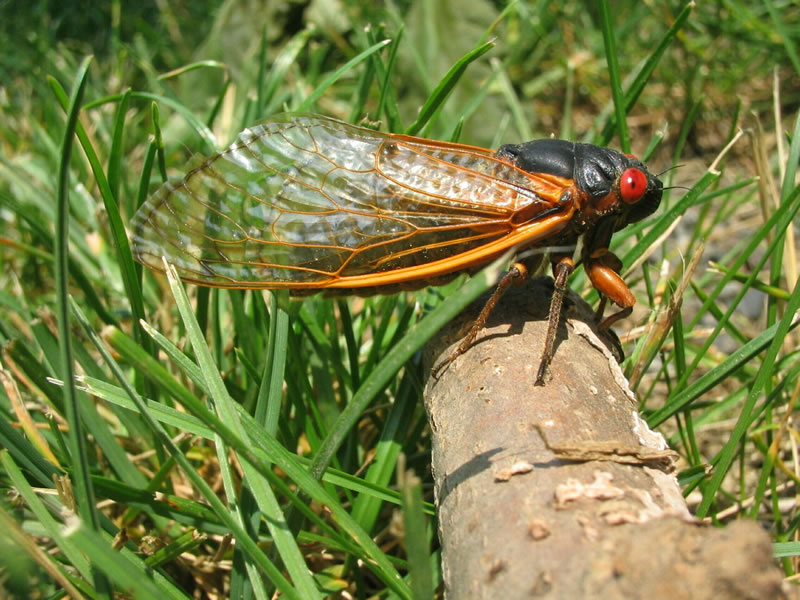
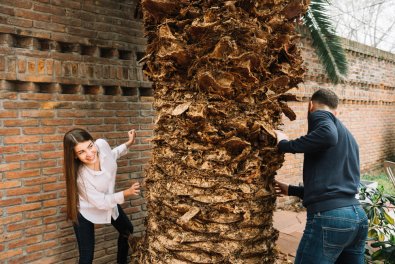

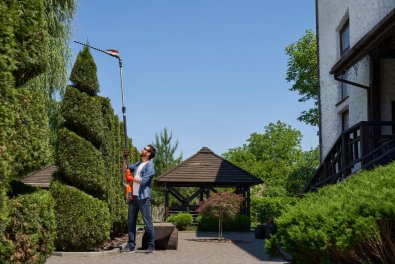
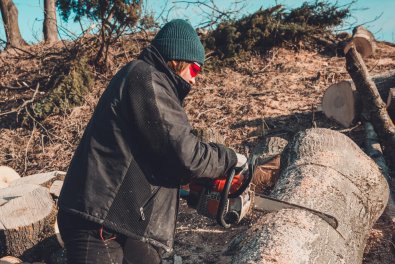
.jpg)
